In pics: November's Beaver Supermoon dazzles skywatchers around the globe
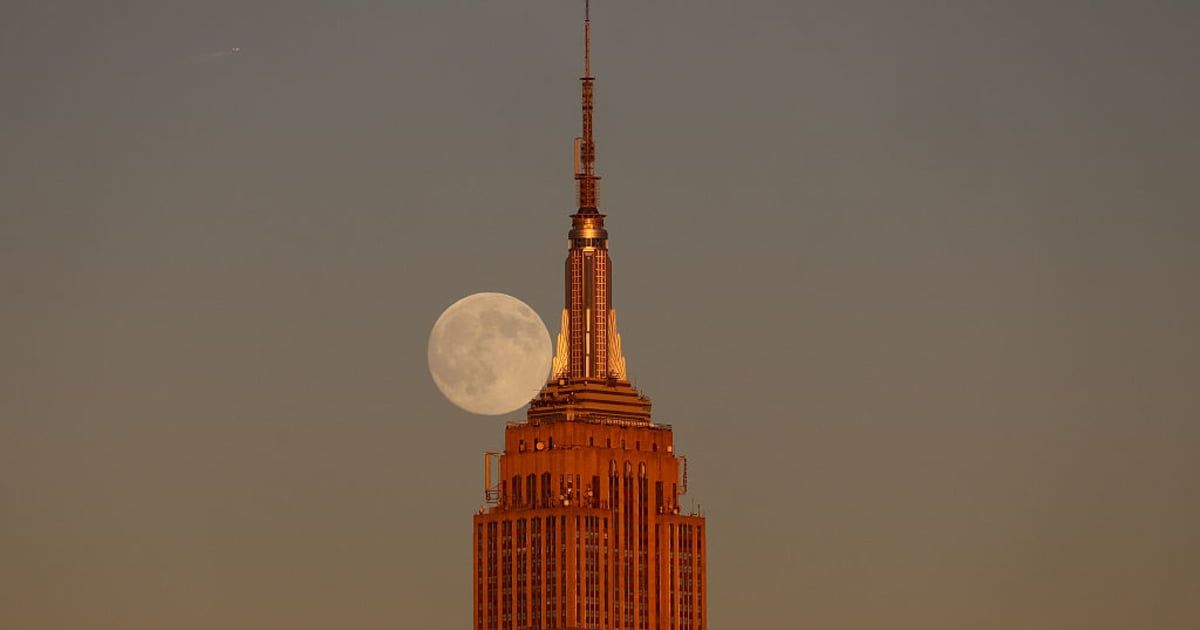
The night sky was treated to a brilliant display as the November full moon, traditionally dubbed the 'Beaver Moon,' captivated skywatchers across the globe. This significant lunar event, often classified as a Supermoon due to its proximity to Earth, provided breathtaking photo opportunities ranging from urban skylines to major sporting events.
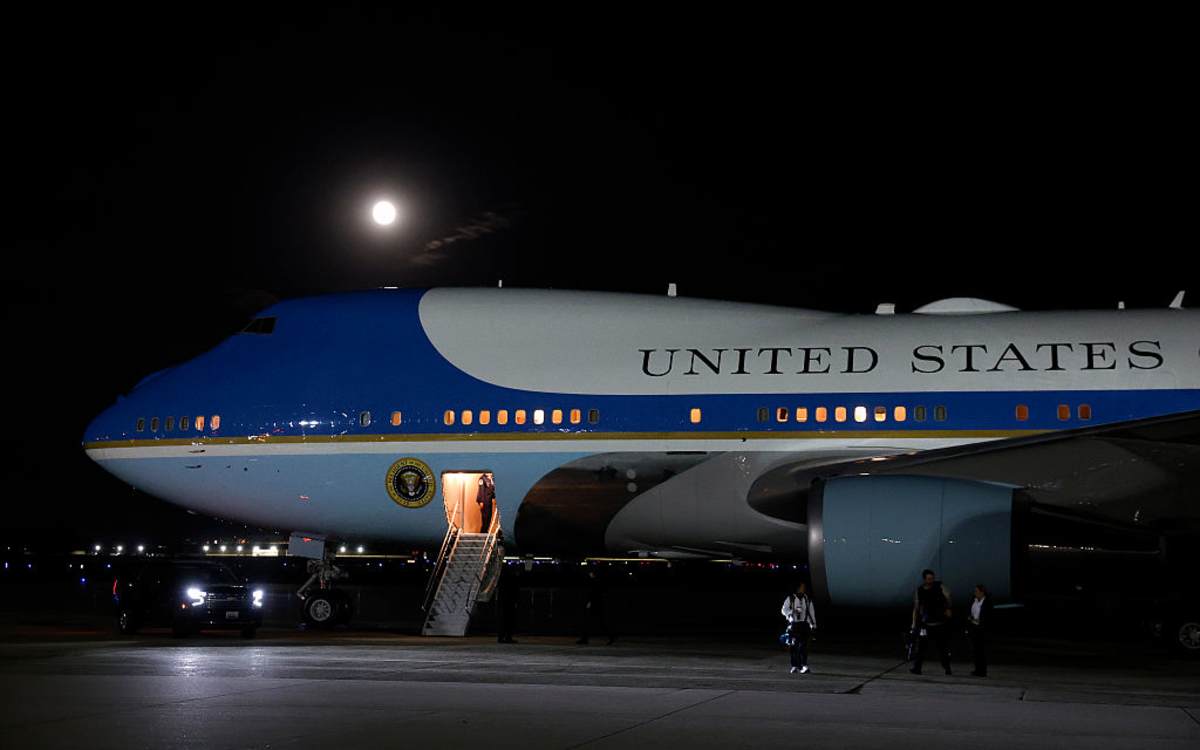
In the United States, the rising moon created stunning juxtapositions with towering architecture. The Empire State Building in New York City served as a dramatic backdrop as the Beaver Moon ascended behind it on November 4, 2025, captured from Hoboken, New Jersey.
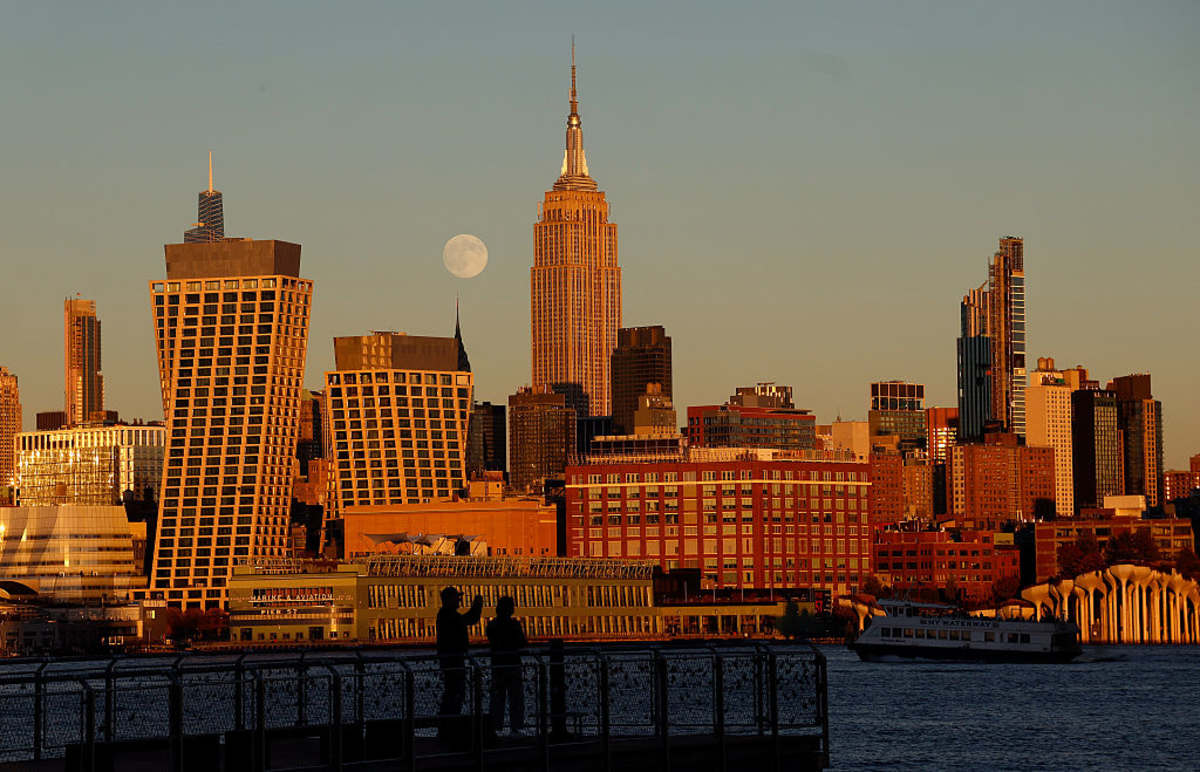
Similarly, the rising orb was framed near Manhattan's Edge observation deck at Hudson Yards on the same evening.
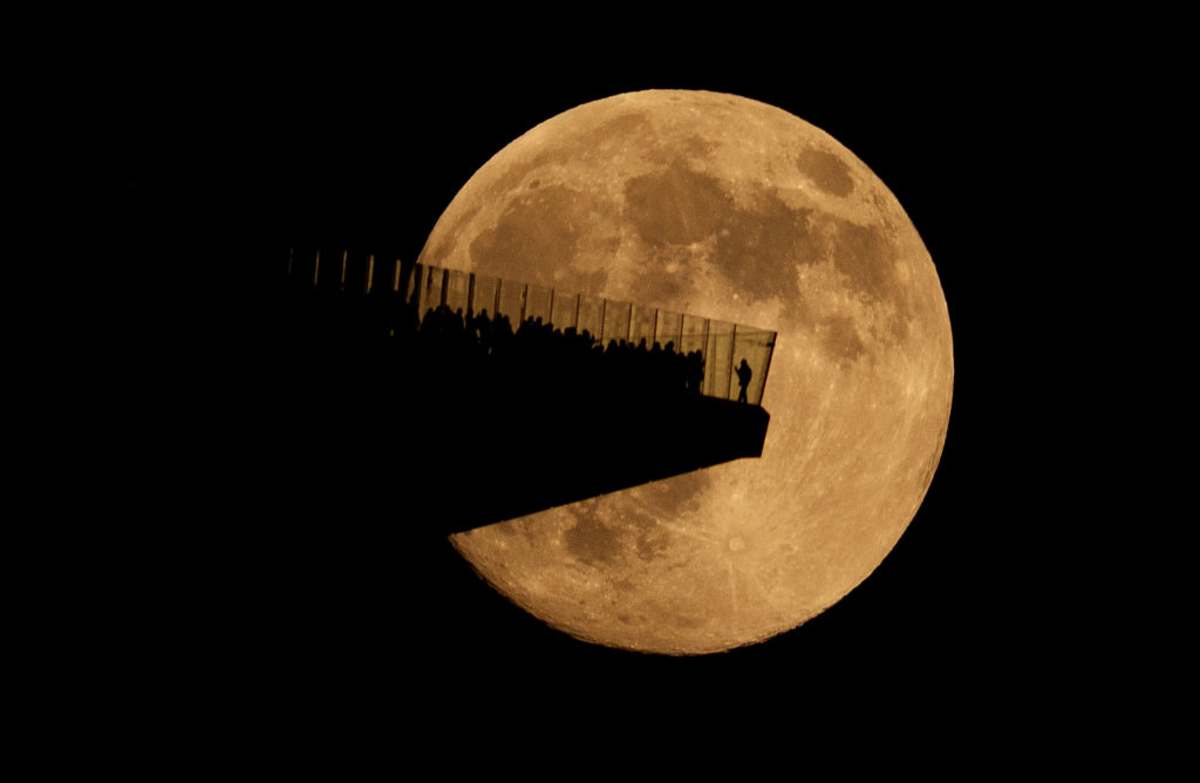
In Whittier, California, the moon's path was momentarily intersected by an aircraft, creating a unique silhouette shot.

The celestial show was equally spectacular overseas, as confirmed by images from Europe and Australia. Australia offered dramatic rural vistas, with the "Beaver" Supermoon rising near Rylestone, New South Wales, on November 5.
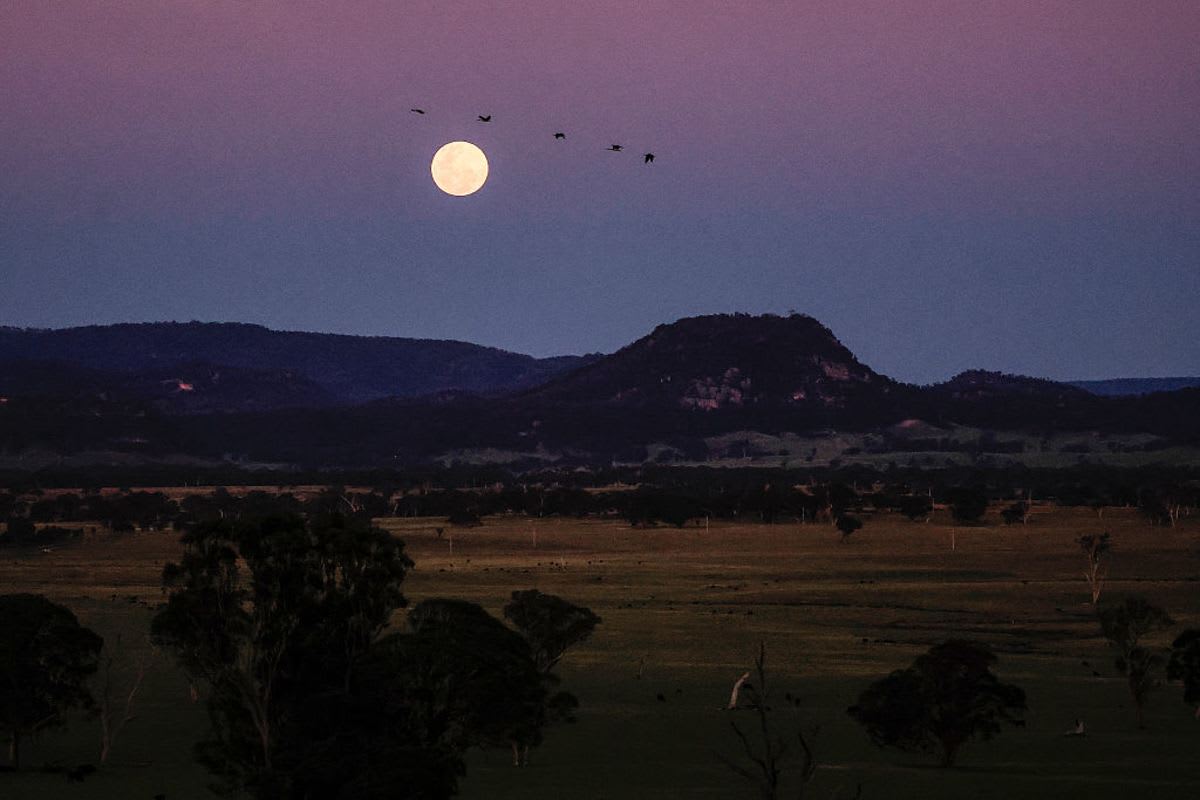

In Germany, the massive full moon brightly illuminated the night sky above Berlin on November 5.
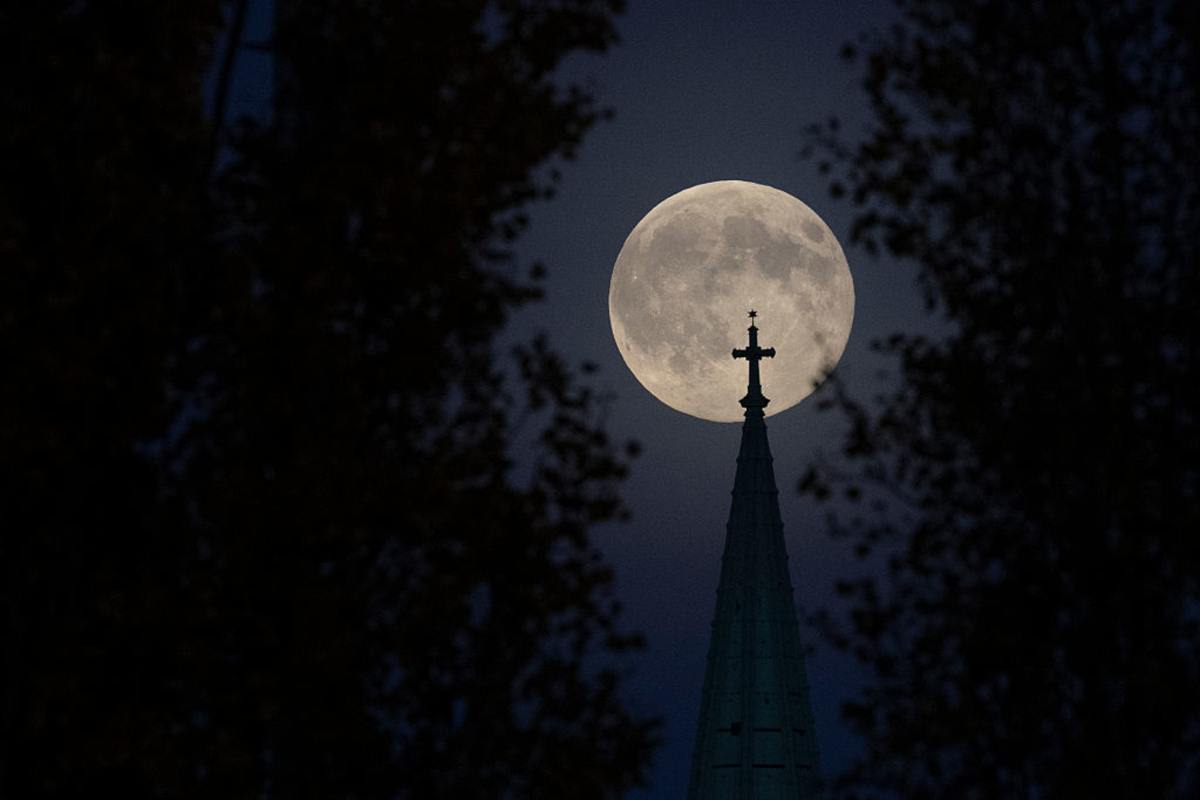
The moon's presence was noted even over the pitch in Milan, Italy, where the Super Beaver Moon hung over the San Siro Stadium during a UEFA Champions League match on November 5.


Further south in Italy, a long-exposure shot captured the luminous Supermoon near Reggio Emilia in Rolo.

This stunning November display wasn't just visually striking; it marked the closest Supermoon of 2025, tracking a mere 221,817 miles (356,980 kilometers) from Earth. Astronomically designated a perigean Full Moon, the popular "Supermoon" term aptly describes this intimate orbital passage. As NASA explains, the Moon follows an elliptical orbit around our planet, causing a continuous shift in distance. The closest approach in this path is known as perigee (averaging around 226,000 miles), while the furthest point is apogee (roughly 251,000 miles).
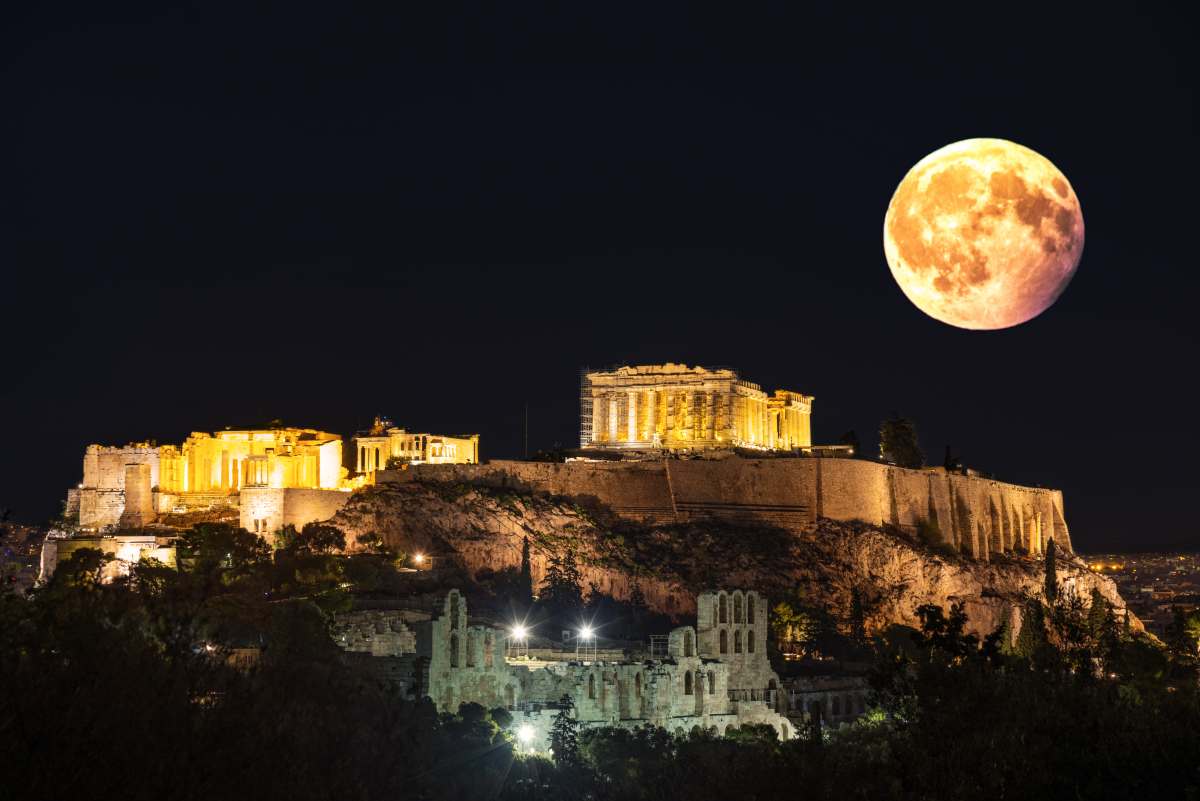
The Beaver Moon moniker for November’s full phase carries rich historical context rooted in seasonal observation. Indigenous peoples traditionally gave this name to the moon, appearing when beavers were busiest, finalizing preparations for winter, their coats densest right before taking shelter in their lodges. This timing also historically aligned with the peak season for beaver pelt trapping during the North American fur trade era. Other regional names reflect the season's deepening chill, such as the Dakota/Lakota Deer Rutting Moon and the Algonquin Whitefish Moon. Meanwhile, the Cree and Assiniboine peoples recognized the impending cold, calling it the Frost Moon and Freezing Moon, respectively.
The widespread visibility and impressive size of the November full moon ensured that amateur and professional photographers alike had ample material to document this striking natural event across multiple continents. For those who may have missed this spectacular showing, the celestial lineup concludes soon, with the year's final Supermoon scheduled to arrive shortly thereafter on Thursday, December 4, 2025 (peaking at 6:14 p.m. ET).
More on Starlust
Southern Taurid meteor shower peaks tonight alongside November's full moon—when and where to watch
October's Harvest Moon kicks off the 2025 supermoon series
November 2025 skywatching guide: This year's biggest supermoon, Leonids fireballs and more









